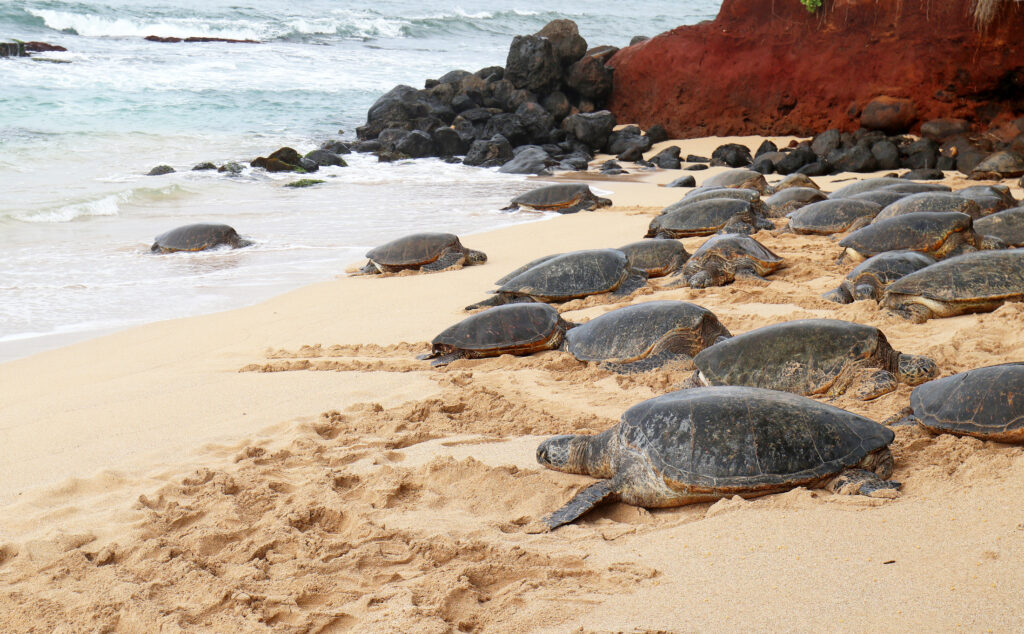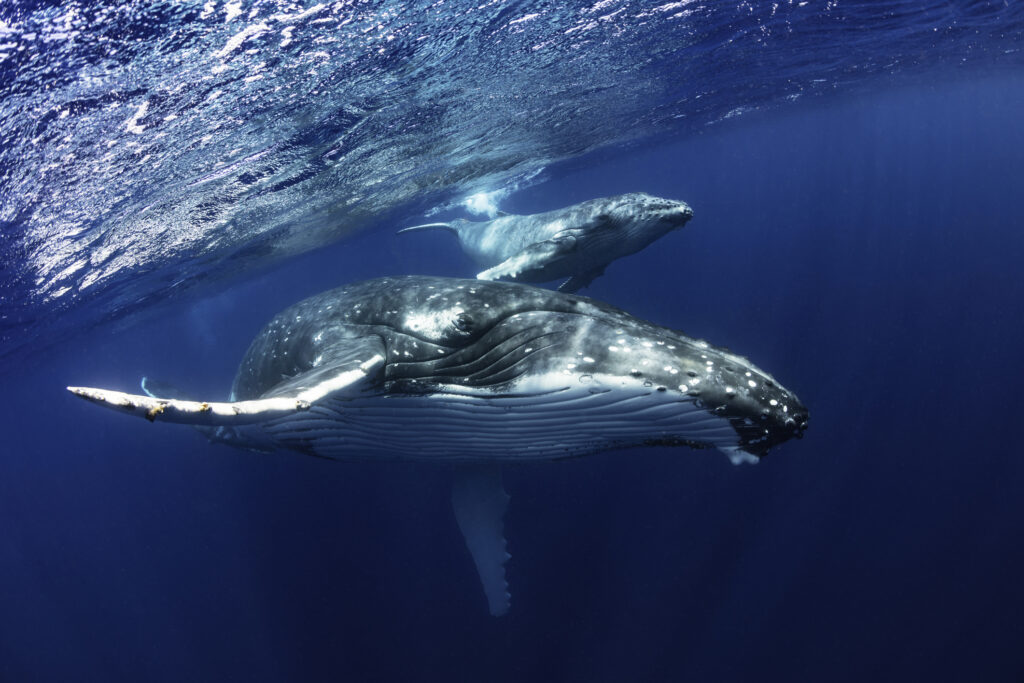Have you ever wondered what to call a group of animals when they come together? From a flock of birds to a pride of lions, the English language is filled with fascinating collective nouns that describe the grouping behaviour of various creatures.
In this blog post, we’ll explore the correct collective names for different animal groups, shedding light on some intriguing terms you may not have heard before.
What is a collective noun?
Before diving into specific examples, let’s first understand what a collective noun is. A collective noun is a single word used to represent a group of individuals or things. It allows us to succinctly describe a collective entity rather than listing each individual separately. Collective nouns can range from commonplace terms like “herd” or “pack” to more obscure and delightful phrases like “a murder of crows” or “a parliament of owls.”
Animal collective nouns you should know
What are a group of sharks called?
When sharks come together, they form what is known as a shiver. This collective term reflects their sleek, predatory nature as they often gather in groups during feeding frenzies or migrations.
What are a group of turtles called?
A gathering of turtles is referred to as a bale. These gentle reptiles are commonly spotted in bales, especially during the nesting season when females come ashore to lay their eggs.

You can find out even more about turtles in our blog which details everything you need to know about loggerhead turtles.
What are a group of fish called?
Fish exhibit schooling behaviour, where they swim together in coordinated patterns. When a group of fish consists of the same species, it’s called a school. However, if the group comprises different species, it’s known as a shoal. This collective behaviour helps fish protect themselves from predators and navigate efficiently through the water.
What are a group of dolphins called?
Dolphins, renowned for their intelligence and social nature, travel in pods. These tight-knit groups provide support and protection to individual members, ensuring their survival across vast areas of the ocean.
What are a group of lobsters called?
Similar to dolphins, lobsters also form pods when they congregate. These crustaceans gather in pods primarily for mating purposes, showcasing their intricate courtship rituals under the water.
What are a group of crocodiles called?
On land, a group of crocodiles is known as a bask, while in the water, they’re referred to as a float. Despite their solitary nature, crocodiles may temporarily come together, particularly during feeding or breeding seasons.
Other examples:
Snakes: A group of snakes is called a knot. These reptiles may intertwine with one another for warmth or during mating rituals.
Jellyfish: When jellyfish congregate, they form what is known as a smack. These beautiful creatures drift together in the ocean currents, pulsating with an otherworldly beauty.
Whales: Whales, the giants of the sea, gather in pods or schools depending on the species. These social gatherings serve various purposes, including migration, communication, and protection.

Frogs and Toads: A group of frogs or toads is often called an army or colony. These amphibians congregate near water bodies during breeding season, creating an orchestra of croaks and chirps.
Stingrays: Stingrays form a group known as a fever or a school. These flat-bodied fish glide gracefully through the ocean, often congregating in shallow coastal areas.
Lizards: Lizards, including geckos and iguanas, may gather in a lounge or a den. These reptiles bask in the sun or seek shelter together in rocky crevices.
Penguins: Penguins gather in colonies or rookeries. These tightly-knit communities provide warmth and protection against the harsh Antarctic elements.
Understanding the correct collective name for animal groups adds to our appreciation of the natural world. From the graceful movements of a dolphin pod to the stealthy manoeuvres of a shark shiver, these collective nouns reflect the diverse behaviours and interactions of wildlife.
So, next time you visit Blue Reef Aquarium, you can impress your family and friends with these collective nouns when you see a shoal of fish or an army of frogs!
